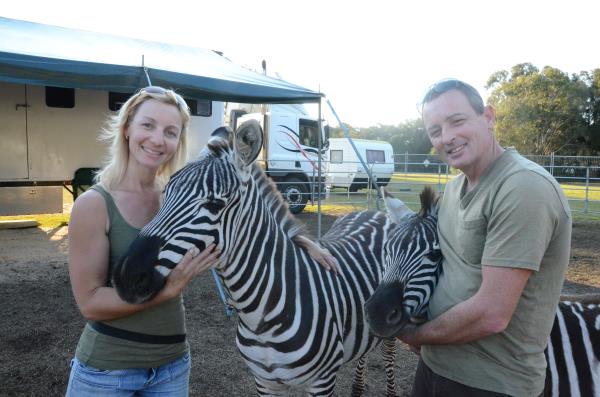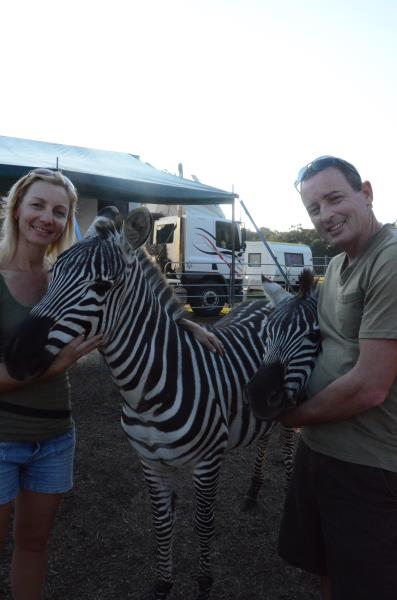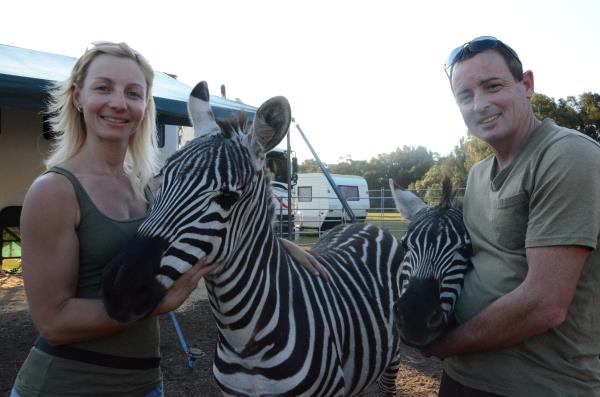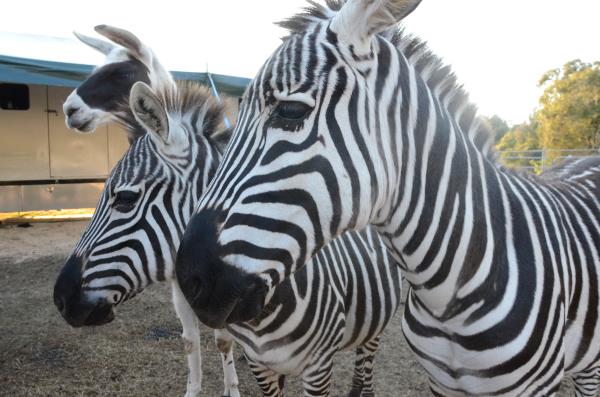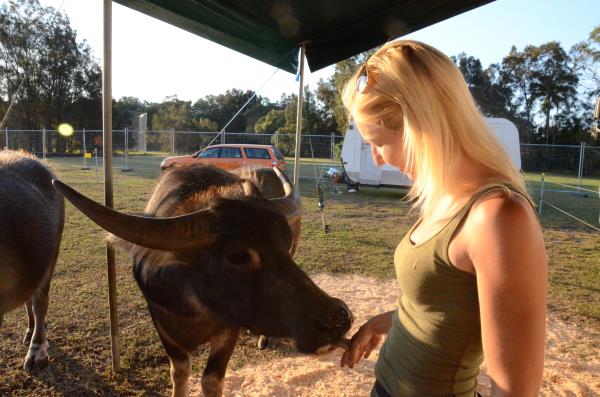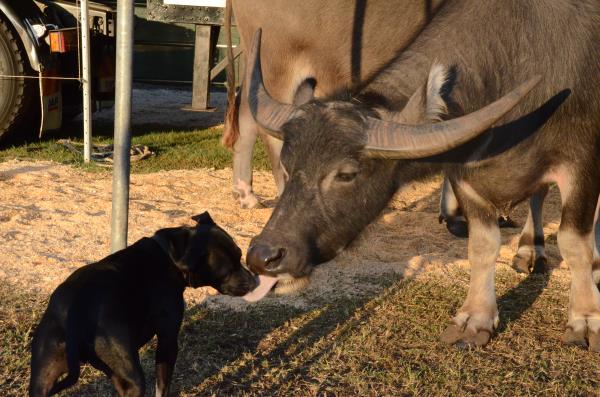By JONATHON HOWARD
THE idea of animals performing in circuses conjures up cruel images of monkeys riding horses or tigers locked in small cages.
While some residents view animals in circuses as important as clowns and trapeze artists, others believe making animals perform is wrong and should be banned.
To learn more about animals in the circus I (senior journalist Jonathon Howard) decided to take a behind the scenes look at the local Hudsons Circus.
I made a surprise visit to the Hudsons Circus’ big top at the corner of Maroochydore Road and Baden Powell Street on Wednesday 30 July.
The owner and ringmaster Shane Lennon was off site at the time but the circus animal carers Rob Joyes and partner Belinda McGahan were available and offered to show me round before Shane’s return.
Rob has 23 years’ experience working with animals at Australia Zoo, Dream World (Tiger Island) and a number of other circuses.
Belinda has 14 years’ experience working as the polar bear and seal supervisor at Sea World.
She also has a bachelor of science in marine biology and wildlife biology.
The couple present a range of ungulate animals (hoof animals) during their brief but popular performance, which includes camels, llamas, zebras, ponies, water buffalo. There are also two macaws.
Rob said the animals perform for about five minutes over three main acts and they can be required to perform twice a day during a busy schedule.
“We’re not about the past when animals used to be dressed up,” Rob said.
“We’re a lot more mindful of the animals and instead our routine demonstrates their natural tendencies.
“We believe these animals are spectacular enough and they really don’t need to be dressed up to put on a show.”
The animals are kept in temporary holding pens with water, shade and food available.
The African zebras, Zulu and Zambezi, were born in the USA and are one of the highlights of the circus.
Rob told me the camels, which were busy trying to eat my camera case, originated from the Northern Territory where they were near death.
“The camels were in bad shape when we got them,” he said.
“There’s a big issue with wild camel in central Australia (they’re often shot from helicopters) and when we got our camel they were carrying microscopic bugs (mange) which are life threatening.”
Rob and Belinda nursed the camel back to good health and spent countless hours training them for the circus.
Judging by the campervan parked next to the animal’s enclosure, both trainers are never far from their animals.
“It’s not just a job for us, it’s a lifestyle,” Belinda said.
“We live in our trailer alongside the animals which is not only good for them but good for us, to be close and recognise any issues.”
Both Belinda and Rob told me they understood some of the negative views of animals in circuses.
“The circus industry has evolved,” Rob said.
“We hope to challenge the preconceived notions that circuses are cruel to animals and we welcome people to drop by anytime and visit the animals.”
By this stage Shane had returned with a welcoming smile and invited me through the big top.
Shane told me about the circus community and how animals play an important role.
“The reality is, without animals there’s no audience,” he said.
“Families want to bring their children to see the animals, clowns and performers.
“Circuses that do not have animals are often subsidised by the government, or they go out of business.”
Shane said he recognised that circuses undertook questionable practices involving animals in the past.
“Circuses have moved on from the past,” he said.
“We’re required to adhere to the RSPCA best code of practice and that’s why we employ professionals, such as Rob and Belinda, who can meet the best practice and still retain animals in our shows.”
Shane is a fifth generation ringmaster and said his latest show combines the modern circus with the traditional.
“There’s a lot of out-dated information about animals in circuses and I would invite anyone to come down and visit the animals to decide for themselves,” he said.
Visit the Hudsons Circus website hundsonscircus.com.au or phone 0458 483 766 to find out more.
Have your say: Do you think circuses of today have evolved to treat animals with care and dignity? Or do you think animals should be banned from performing? Email your full name and suburb to newsdesk@noosatoday.net.au.

